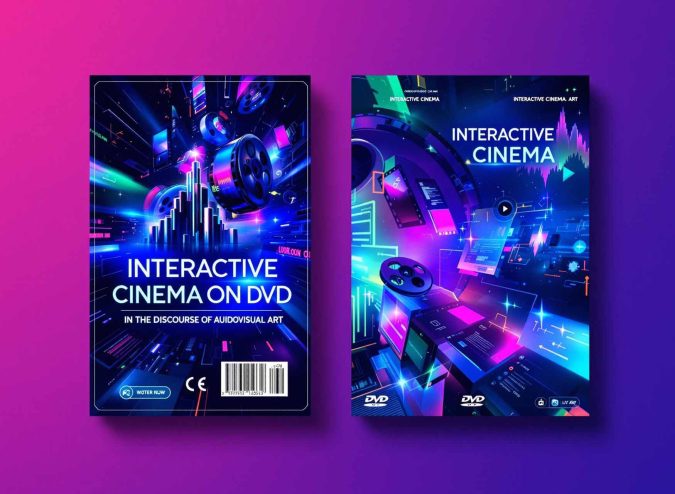Abstract
This article examines interactive DVD cinema (late 1990s–mid-2000s) as an artistic phenomenon. Using art historical analysis, case studies, and comparison with the FMV format, the research explores its evolution within audiovisual and interactive media. Key results include identifying how DVD technology’s capabilities (capacity, non-linear access) enabled the format, while remote control and DVD-Video limitations constrained interactivity design and aesthetics. A typology of interactive narrative strategies (nodal branching, parallel, labyrinth, environment-based) is proposed, and differences from FMV in technology, interactivity, narrative, and cultural positioning are highlighted. This study represents the first systematic art historical analysis of the format. It concludes that interactive DVDs were a unique, short-lived experimental stage influencing later interactive media. Future research directions involve in-depth case studies and digital preservation.
Read paper
http://baltijapublishing.lv/index.php/bjlss/article/view/2984





